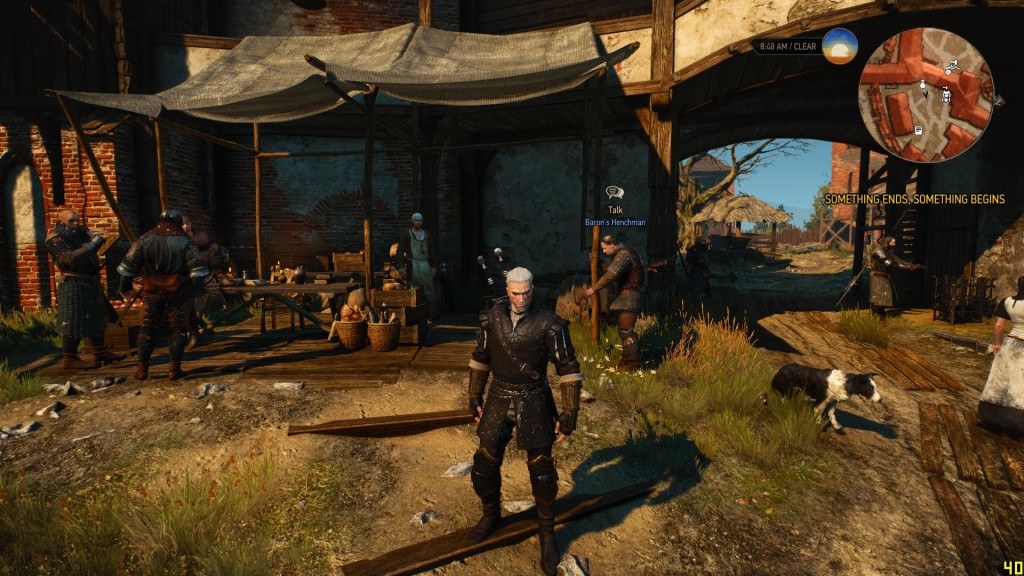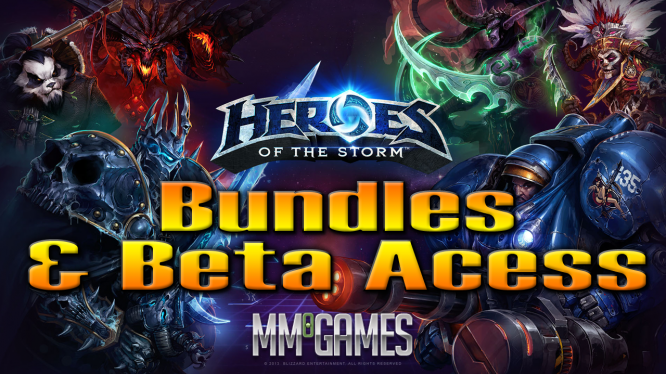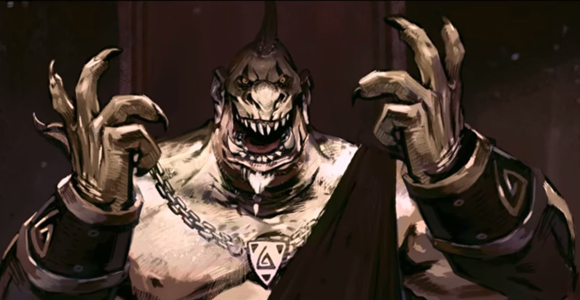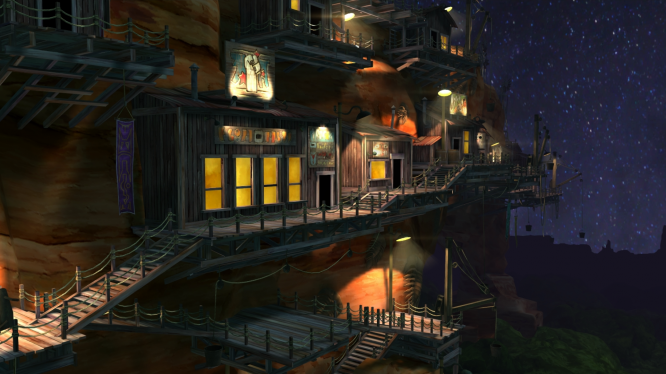

I was sitting in a coffee shop yesterday with a friend. We were talking about DotA 2.
“Hey. Did you know EA’s cancelling Dawngate?” I said.
“What’s Dawngate?” He asked.
“Exactly,” I said. “That’s why they’re cancelling it.”
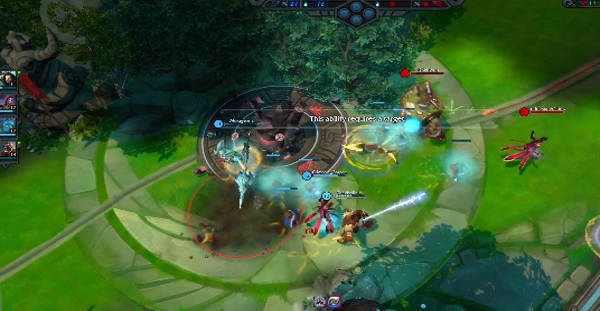
Dawngate is going out of business.
With little stir, Waystone Games and EA are cancelling their flagship MOBA game, Dawngate. It was an exclusive title that offered a small pool of customizable characters, a massive jungle, and two lanes. The game promised fast-paced gameplay and complex strategy. Testing began on May 24, 2013 and open beta began on May 19, 2014. Since open beta, the game has generated a small cult-like following akin to Star Wars Galaxies. Unfortunately, it failed to EA’s profit standards, and Matt Bromber, the Group General Manager, delivered its death sentence on November 4. On the official Dawngate blog, he writes:
“Today, I have the unenviable task of announcing that we’ve decided to stop development of Dawngate….And although the game has grown, we’re not seeing the progress we’d hoped for. This isn’t the outcome we wanted, but beta testing is about learning and improving, and ultimately, about making difficult decisions about how to proceed.”
A lot of major publishers have tried to dip their toes into the MOBA pool. A lot of them, despite their promises of change and innovation, have failed. With this news, many MOBA players have begun to wonder whether the genre has stagnated. Here are five reasons why Dawngate closed and is not (yet) indicative of a stagnant market.
A lot of people refer to EA as some sort of Romantic mustache-twirling villain. It’s the company that supposedly ruined Star Wars: The Old Republic and Plants vs. Zombies (two popular and profitable titles) with “ridiculous” pay-to-play overheads. It pushed development for Dead Space 3 and Mass Effect 3 (two high grossing sequels to two highly profitable titles) and allegedly ruined IPs like Medal of Honor, Battlefield, Madden, and Need for Speed (that all continue to make profits in the billions) with irrelevant serial releases. But EA isn’t some cloaked, malevolent bad guy. It’s a business. They wanted a cut of Riot and Valve’s market, and, although it achieved mild success, Dawngate failed to produce the incredible walk-away profit for which EA was hoping. As a result, EA pulled the plug.
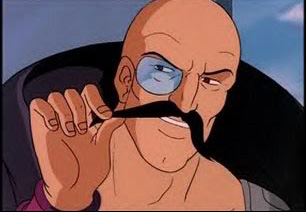
This is Dr. Mindbender, not EA. EA is a business, not a mustache twirling villain.
For a game to become a massive success, it must be able to build a large community of loyal customers. DotA 2 and League of Legends both found roots in Starcraft and Warcraft III mods in the mid-90s, on a UMS map called Aeon of Strife (AoS). People have been playing that map (or versions of it) for nearly twenty years. When DotA 2 and League of Legends launched, users flocked to them. When Dawngate launched, people called it what it was: a cash grab by EA. Given EA’s shaky reputation among hardcore gamers, it was no surprise Dawngate struggled to find its footing. And EA did little to market it.
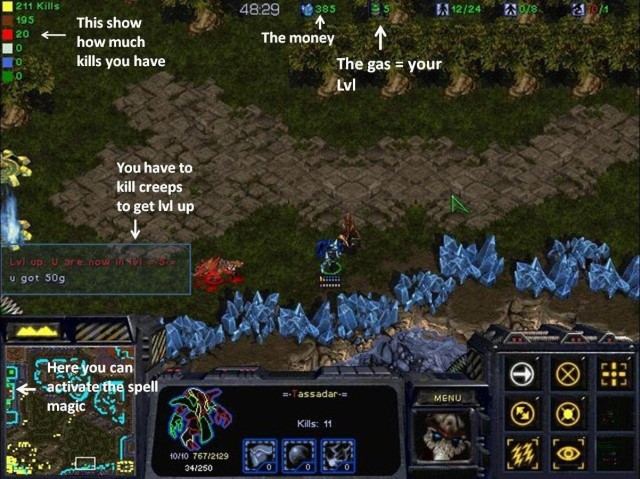
This is a screencap of AoS, the precursor to DotA 2 and League of Legends. This game is the primordial soup from which all current MOBAs have crawled.
In capitalism, brand recognition is everything. League of Legends, DotA 2, and SMITE are all recognizable brands. All three games have been featured on television, have popular Twitch feeds, and host a series of professional tournaments that boast head-turning prize pools. League of Legends was featured in last month’s Playboy, and the DotA 2 International Championship aired on ESPN 2’s prime time evening slot. Heroes of the Storm, Blizzard’s forthcoming MOBA, also has brand name recognition. It harkens back to original Starcraft and Warcraft mods by forcing popular pre-existing characters to fight on an updated version of the original AoS map. Blizzard began to capitalize on eSports a few years ago with Starcraft II and WoW tournaments. They continued that trend this year with a Heroes of the Storm tournament at Blizzcon that boasted a $500,000 prize pool.
Dawngate, on the other hand, is brandless. With the exception of a few internet banners, EA has failed to advertise its product. There were no tv ads, no endorsements, no eSports tournaments, and few Twitch streams. People that played the game loved it, but few people knew about it.
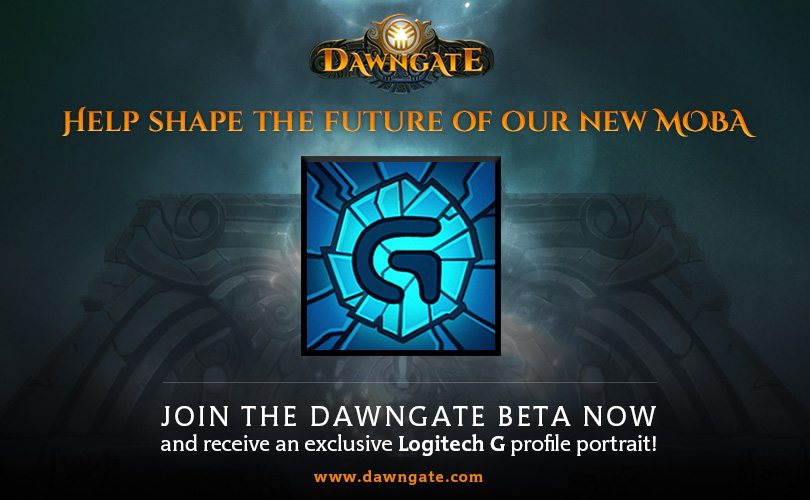
This is one of the only ads I ever saw for Dawngate. That and a couple headers and banners. It’s no surprise no one had ever heard of it.
Dawngate did a lot of cool, innovative things. Its ever-expanding lore, its shallow but customizable champion pool, its two-lane map, and its exhaustive jungle were fun and refreshing updates to the genre. But innovation does not guarantee sales.
In 1995, Nintendo released the Virtual Boy, a portable video game console that boasted state-of-the-art “true 3D graphics.” It was easily one of the most unique and advanced tech items of 1995, and it was a massive failure. It was plagued with problems, and the exclusive titles were mediocre, at best. Consumers enjoyed playing it, but no one wanted to buy it. Nintendo abandoned the project in 1996.
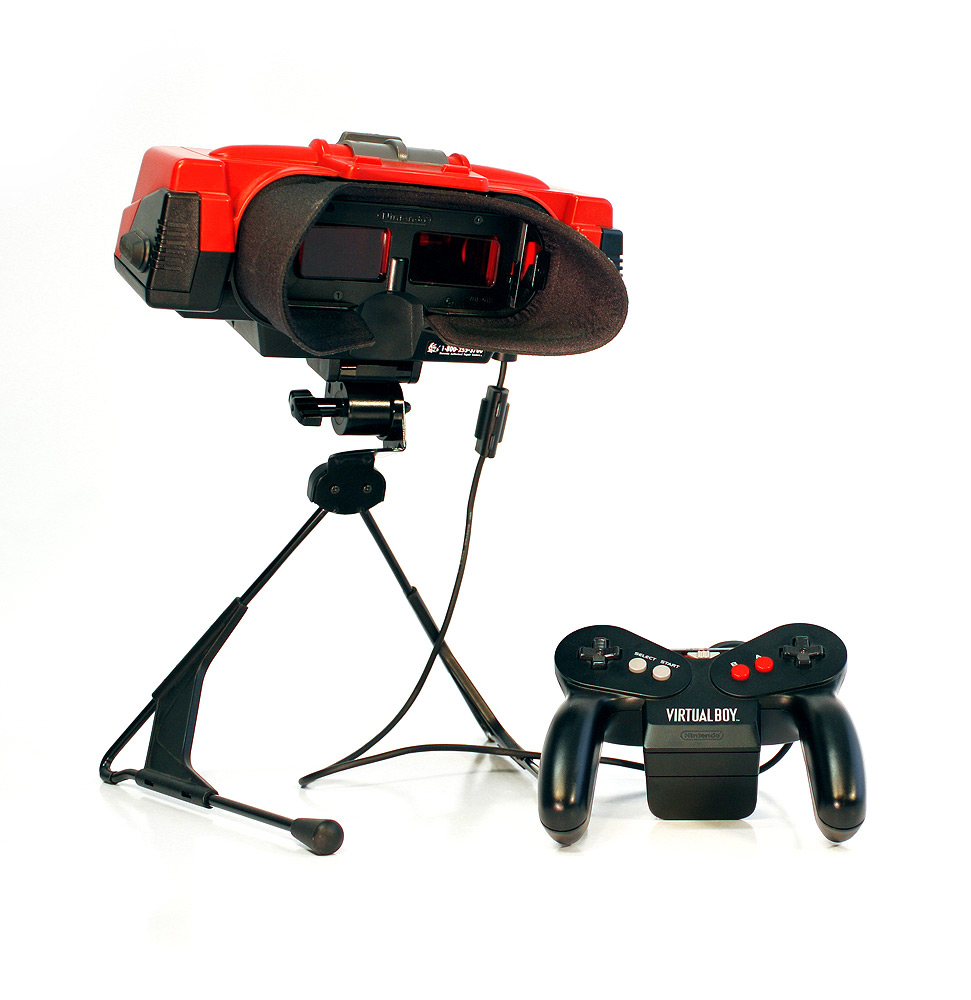
Looks fun. I wouldn’t buy it.
Dawngate suffered a lot of similar problems. The innovative graphics and the gameplay were exciting for a couple of hours, but customers didn’t want to “buy it.” It was too different–which is surprising, given it was an EA title. EA, who is notorious for producing and reproducing the same game, failed to reproduce Riot and Valve’s successes.
Hi Rez Studios, on the other hand, produced a game that replicated the pre-existing MOBA business model and introduced a single new concept that helped push the genre in a new, innovative direction. SMITE is a battle arena game that pits ten gods against each other. The gods must battle through three lanes and a jungle to topple an enemy’s base. But instead of showing a top-down view of the action, the user is able to view the action first-hand with an over-the-shoulder third person camera. The change is small, but it is unique enough to set SMITE apart from every other game in the genre. Consumers do not want innovation; they want old things in new packages.
Dawngate was a fun game, but it suffered several problems that ultimately forced EA to end its production. The target audience hated the distributor, the game failed to establish a community, no one advertised it, and it diverged too much from the successful business model. I hope the developers are able to continue their progress with other works. Like Star Wars Galaxies, I believe elements of this game will resonate within its genre for years.
Has the MOBA market stagnated? No. I don’t think so. Dawngate was a good game that was poorly handled. With games like Heroes of the Storm and Overwatch releasing in the next year, I am excited for the future of the genre. I think the best is yet to come.
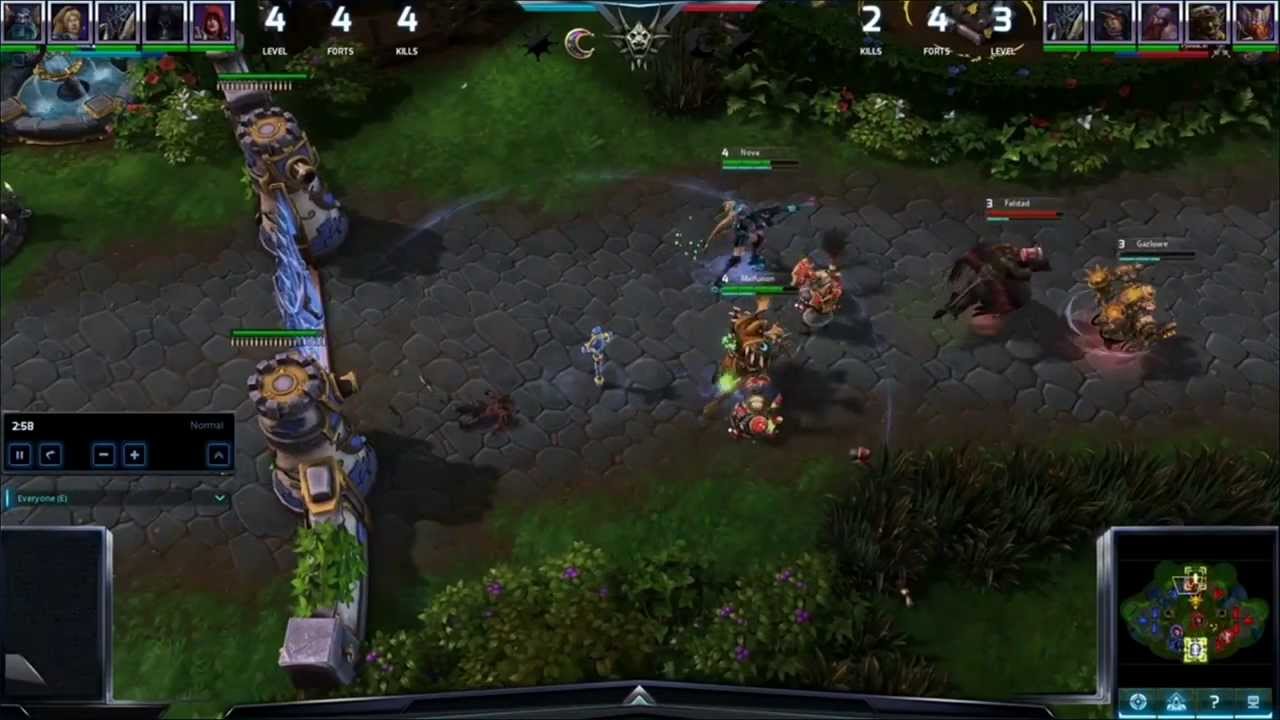
Heroes of the Storm looks great. I have faith in the future of MOBAs.
